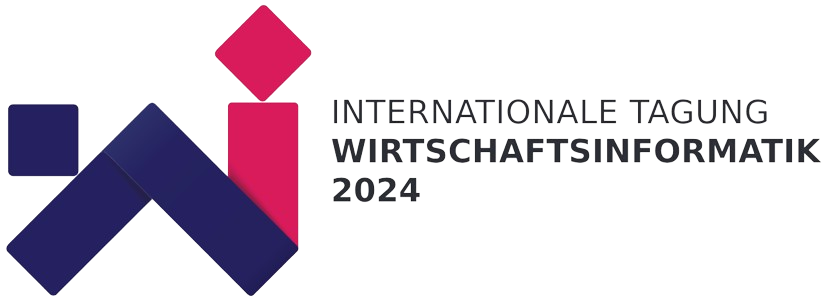Digital Design Thinking in Action: The Scene2Model Approach
The emergence of disruptive business ecosystems, which are supported by complex value-creating processes, software products, and digital services, poses a significant challenge in managing change across multi-disciplinary teams and leading innovation initiatives at a global level. Design thinking is introduced as an instrument to tackle this complex task, as it applies designer problem-solving techniques for agile, ideation, prototyping, and testing in innovative processes through co-creation among stakeholders.
The goal is to generate jointly ideas by using different design thinking methods, based on tangible visualization of certain aspects of the problem within a developed solution space, where collaboration plays a central role. Design thinking enables early exploration and validation of design (s) of new services, smart products, and disruptive business models, but it restricts to location and temporal availability of stakeholders. Absent stakeholders must be informed afterward, which is often not directly supported by the design thinking methods applied. Participants will be introduced to storyboards as a selected design thinking method building upon SAP’s Scenes approach. Haptic paper figures are used to develop innovative ideas and build a visual storyboard of the identified challenge and proposed innovative solution/offering.
Participants will observe the end-to-end process of a software tool-supported transformation from haptic scenes into digital representation of the realized design artifacts. In this context, these representations are digital conceptual models that can be further processed, decomposed, and enriched with domain knowledge to be integrated with business assets already available. Scene2Model also acts as a software-supported environment for co-creation in a Digital Innovation Environment, aiming to break the limitations of the working environment and distributed teams, facilitating the transfer of ideas from the physical to the virtual world.
Sharing the experience of different stakeholders and backgrounds (levels of expertise, domain knowledge) in the form of a group session will stimulate discussion and reflection on (a) how disruptive business models can be created, (b) model value for diverse business-related purposes, (c) software potential and applicability for innovation projects and disruptive business models. The interplay of conceptual modelling and design thinking establishes a connection between unrestrained design artifacts and more formal abstractions, hence facilitating digital agility.
Zielgruppe
Das Tutorial ist darauf ausgerichtet jegliche Form von Teilnahme zu ermöglichen. Aufgrund der Hands-On Vorgehensweise sind sowohl wissenschaftliche Beitrage, Ideen von Studierenden aber auch praktische aus der Industrie willkommen.
Einreichung
–
Anmeldung
Die Anmeldung für den Workshop wird über die Plattform ConfTool möglich sein.
Verantwortliche Organisatoren
- Dr. Wilfrid Utz, OMiLAB gGmbH (wilfrid.utz@omilab.org)
- Iulia Vaidian, MSc., OMiLAB gGmbH (iulia.vaidian@omilab.org)
